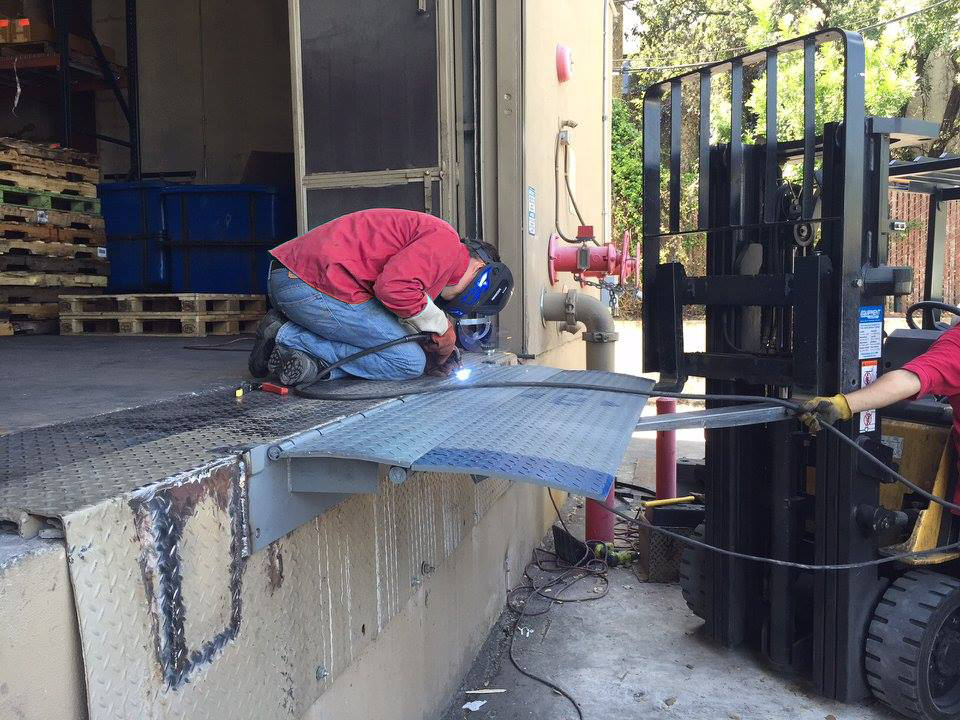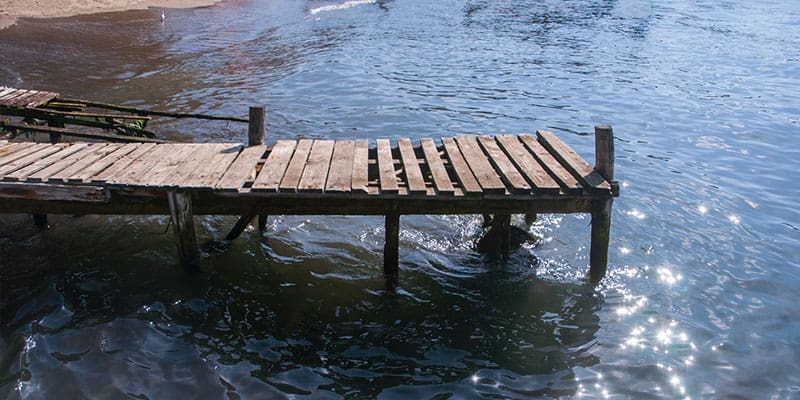Effective Dock Repair Work Techniques: Guaranteeing Architectural Stability
Guaranteeing the architectural integrity of anchors via efficient repair service methods is paramount for the longevity and safety and security of aquatic facilities. This involves a multi-faceted method starting with detailed examinations using innovative innovations like finder equipment and from another location operated cars (ROVs) to find both visible and hid problems. Consequently, choosing the right repair work products, such as composite materials and corrosion-resistant alloys, is critical for sturdiness. Architectural reinforcement methods, including the implementation of cross-bracing systems and load-distribution plates, play a vital function in mitigating stress factors. Nonetheless, the value of these methods becomes evident when checking out innovative repair service approaches and preventative maintenance approaches.
Examining Dock Damage
Assessing dock damage is a critical first action in making sure the structural honesty and security of any type of docking facility. Key facets to check out include the dock's foundation, pilings, decking, and equipment (Dock Repairs).
Structural designers or certified inspectors generally perform these assessments making use of specialized devices and methods. For instance, undersea assessments might utilize sonar tools or remotely operated automobiles (ROVs) to identify immersed damages. Above water, visual examinations are matched by utilizing wetness meters and other diagnostic tools to uncover underlying concerns not promptly visible to the naked eye.

Choosing Repair Products
Picking the suitable repair materials is a crucial step in the dock remediation process, one that straight affects the long life and performance of the repaired structure. Material selection need to be driven by factors such as environmental conditions, load-bearing requirements, and compatibility with existing dock parts. For example, timber is a standard selection for anchors due to its natural strength and visual charm. Choosing the best type of wood, such as pressure-treated lumber or normally rot-resistant types like cedar or teak wood, is crucial to withstand water settings.
Along with wood, composite products are progressively preferred as a result of their durability and low upkeep demands. Compounds, typically made from a mix of plastic and wood fibers, provide excellent resistance to rot, insects, and UV damages. For steel docks, choosing corrosion-resistant alloys such as galvanized steel or marine-grade light weight aluminum is important to protect against rust and ensure structural integrity in saline water problems.
Epoxy resins and marine-grade sealers are important for repairing cracks and securing joints, providing a water resistant obstacle and enhancing the dock's total toughness. By thoroughly choosing high-quality products, dock repair services can attain long-lasting results, thereby guarding against future destruction and guaranteeing secure, reliable use.
Structural Support Strategies
Reliable architectural reinforcement strategies are crucial in guaranteeing the stability and longevity of dock repair services. This approach is particularly reliable for anchors exposed to heavy tons or harsh ecological conditions.
One more important technique is the application of fiber-reinforced polymers (FRP) These materials supply high strength-to-weight ratios and outstanding resistance to corrosion, making them optimal for strengthening wooden or concrete docks. FRP can be used in sheets or strips and adhered with epoxy resins to improve architectural honesty.
Supporting and anchoring systems additionally play an essential role in architectural reinforcement. Cross-bracing, utilizing metal or wooden light beams, can combat side forces, reducing persuading and movement. Securing systems, such as helical piers or driven heaps, give a stable structure by transferring tons to deeper, more steady soil layers.
Finally, the integration of load-distribution plates can aid distribute weight extra uniformly throughout the dock's surface, minimizing localized stress factors. These strategies jointly ensure that docks stay secure and robust, capable of standing up to the rigors of their operational atmosphere.
Advanced Repair Service Methods

One more sophisticated strategy includes underwater welding, which permits repair work to be carried out without the demand to dewater the location. This method is especially beneficial for addressing architectural problems in submerged dock elements, making sure minimal disruption to operations. Enhanced welding techniques, coupled with robotic systems, supply accuracy and reliability, therefore prolonging the life-span of the dock.
In addition, cathodic protection systems are executed to prevent rust in metal dock structures. By making use of sacrificial anodes or impressed existing systems, these techniques properly reduce the electrochemical procedures that cause material wear and tear.
Lastly, advanced tracking technologies, such as architectural health surveillance (SHM) systems, give real-time data on the condition of dock structures. These systems make it possible for positive maintenance and timely treatments, ultimately making sure the long-term architectural honesty of the dock.
Maintenance and Prevention
Upkeep and prevention are essential principles that underpin the long life and safety of dock frameworks. Routine evaluations are critical, permitting for early discovery of wear and tear, possible weaknesses, and environmental impacts. A proactive approach, involving regular checks for deterioration, rot, and structural shifts, mitigates expensive fixings and extends the dock's functional life.
Safety nets need to include applying safety finishings to steel elements to guard against rust and making use of treated timber to resist degeneration. Additionally, making certain appropriate water drainage and ventilation can protect against water build-up, which is a common root cause of structural degradation. Integrating high quality materials and sticking to maker standards during building and fixing phases also play critical roles in improving sturdiness.

Educating personnel in dock maintenance finest techniques makes sure constant application of safety nets. Leveraging technical advances, such as drones for evaluations and sensors for real-time monitoring, can additionally improve upkeep initiatives. By focusing on maintenance and avoidance, dock proprietors can make sure architectural honesty, operational safety, and cost-efficient monitoring over the dock's life-span.
Conclusion
In final thought, keeping the structural honesty of marine facilities requires thorough dock repair techniques. Advanced repair work click to find out more methods, coupled with routine maintenance methods, guarantee the dock stays secure and operational under varied ecological problems.
Guaranteeing the architectural honesty of anchors via reliable repair service techniques is extremely important for the durability and safety and security of marine centers.Selecting the ideal fixing materials is a Check Out Your URL crucial action in the dock reconstruction procedure, one that directly influences the durability and performance of the fixed framework.Efficient structural support strategies are important in guaranteeing the stability and durability of dock repair work. By prioritizing maintenance and avoidance, dock proprietors can make certain structural stability, operational security, and affordable administration over the dock's life expectancy.
In verdict, maintaining the structural stability of marine centers demands extensive dock fixing techniques.